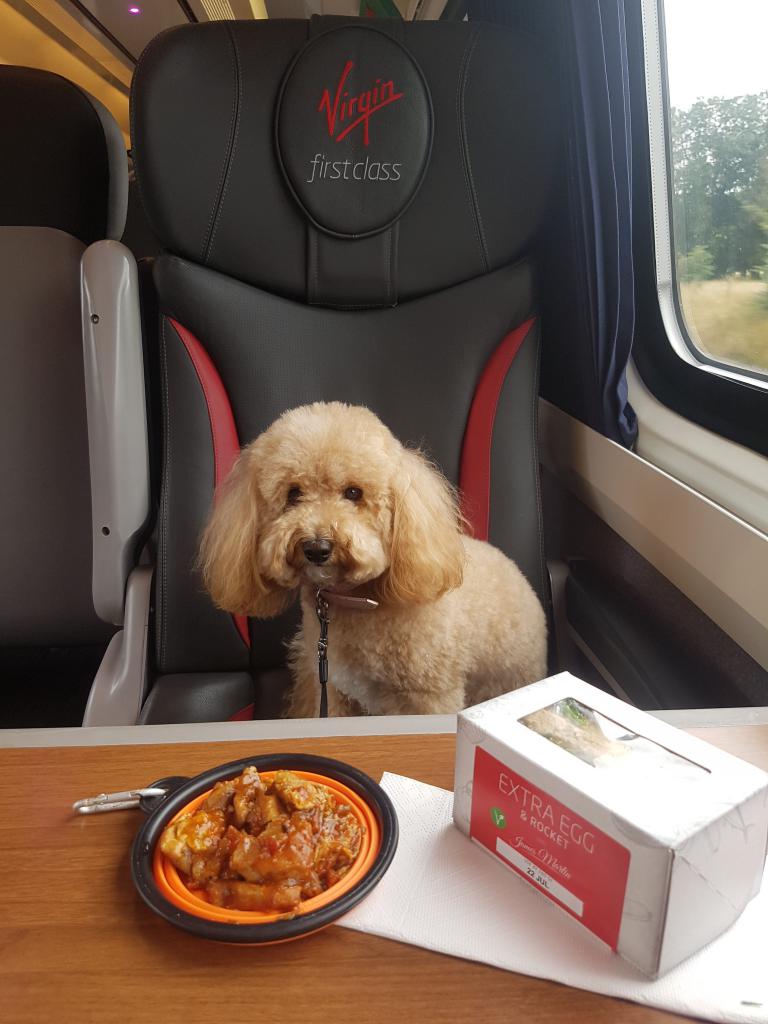The situation is probably familiar to every owner of the animal. I have to go with the pet on the train. This is where the epic begins: collect a bunch of certificates, be sure to get vaccinated, because without them certificates will not be given. And before vaccination, you need to remove worms. And all this fuss starts 1.5-2 months before the trip.
Today, the rules for transporting animals on a train have been changed. We will talk about this in the article.
"Tra-ta-ta, tra-ta-ta, we bring a cat with us ..."
What should I do if I need to take my pet on a long-distance train? Run to the veterinary clinic for pills from worms? Sign up for vaccination? Request to write out the necessary information?
Home, rejoice! Starting from 2017, certificates are not needed for transporting animals on a train. Only a veterinary passport confirming that the animal is vaccinated and healthy. This is only necessary for traveling long distances. If you have to travel by suburban train, then you do not even need a veterinary passport.
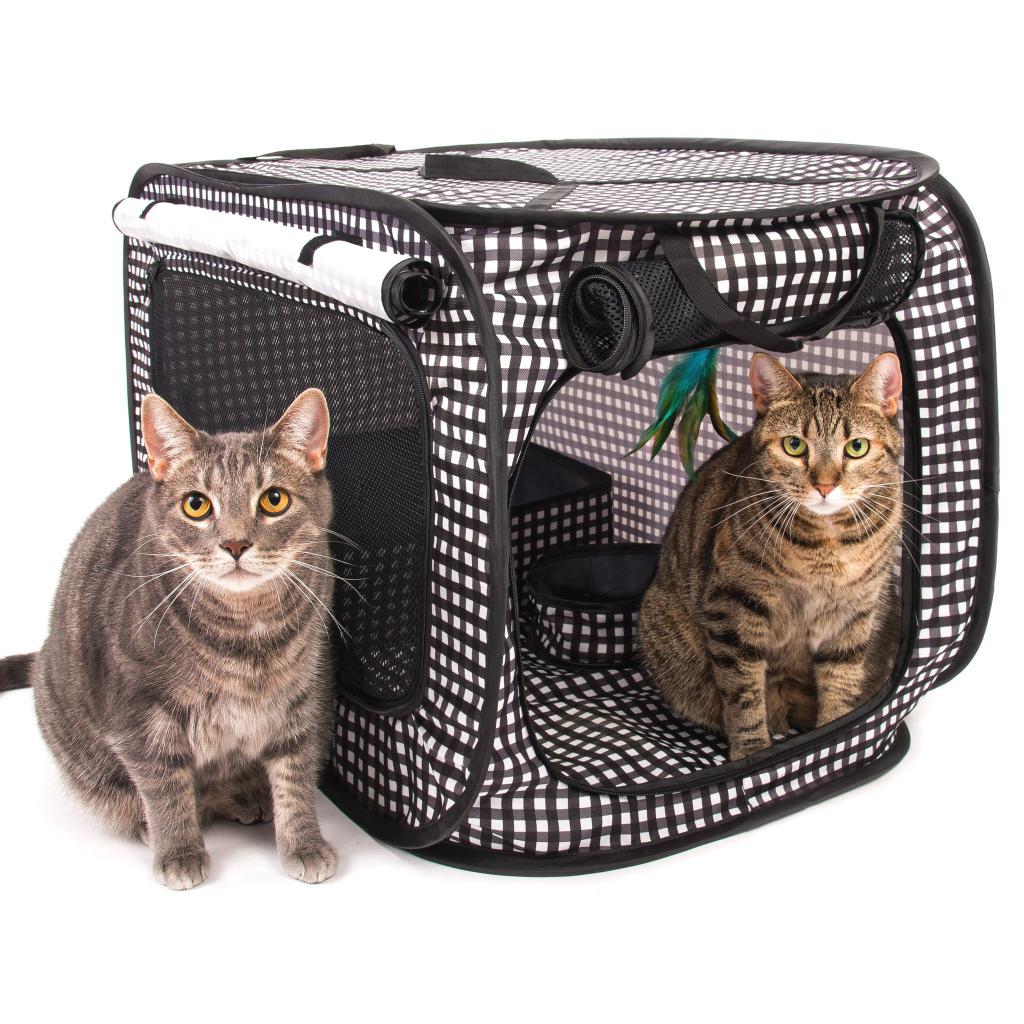
Cats, rodents, birds in a long-distance train
What are the rules for transporting animals on long-distance trains? As mentioned above, a passport with vaccinations is required. This is a veterinary document, of course.
Have to travel with a cat? Make sure that the carrying does not exceed 180 cm (the sum of three measurements). In addition, the pet should not feel discomfort in it.
For rodents and birds, the same transportation conditions are provided. Carry must be closed. It can be a box or container. Be sure to use the litter in the carrier, as well as the availability of access to water in the animal.
It does not hurt to insure and put an absorbent diaper under the carrier. That is, lay the shelf on which it will be. By the way, the owner should know that he complies with the hygiene requirements himself. That is, care and timely cleaning of the carry is on the conscience of the owner.
Can I transport several animals?
According to the rules for transporting animals on long-distance trains, the owner has the right to transport no more than 2 pets in one seat. And this is the case when it comes to small pets. Birds can also travel in pairs.
In the event that there is a need to transport several animals at once, the owner will have to spend money on a compartment.
Do they pay for small pets?
Transportation of animals on long-distance trains is carried out on a separate ticket. According to the established rules, its cost should not exceed 25% of the cost of the ticket owner. It is purchased at the box office on the day the train departs.
What to take with you?
Transportation of animals on a train is carried out if:
- animal ticket;
- veterinary passport, which indicates that the pet is vaccinated.
No more help needed. Only two of these documents.
Commuter trains
Do I need a certificate for transporting animals in a short-distance train? Simply put, in commuter or intercity trains? No, in this case, not even a veterinary passport is required. The rules for transporting small pets are the same as for traveling on a long-distance train. This is a carrying size of not more than 180 centimeters and a litter under it.
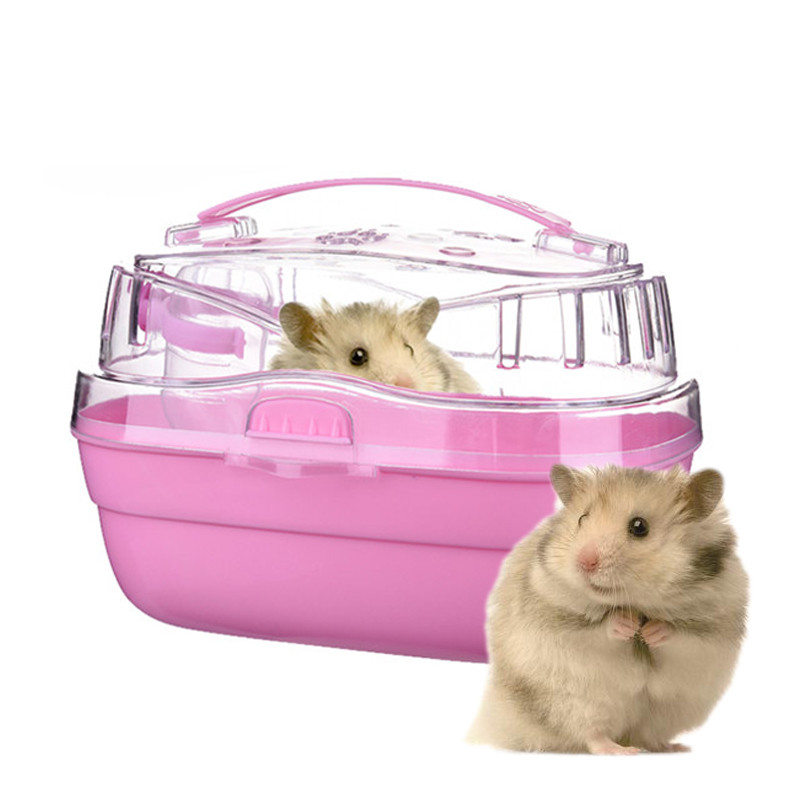
Dog and long journey
What are the rules for transporting pets on a train? In particular, dogs? Here it’s a bit more complicated than with small pets. Just do not think that you will have to devote a couple of months to organizing this whole thing in a veterinary clinic. Namely: vaccinations, getting rid of worms, getting help.
No, as is the case with small pets, a dog only needs a veterinary passport with vaccinations. If they are not made, then you have to tinker in advance. But most modern owners are responsible in this matter, regularly vaccinate pets.
Then what is the catch? The fact that, according to the transportation of animals on the train, the dog can not be transported in all cars. We will talk about this below.
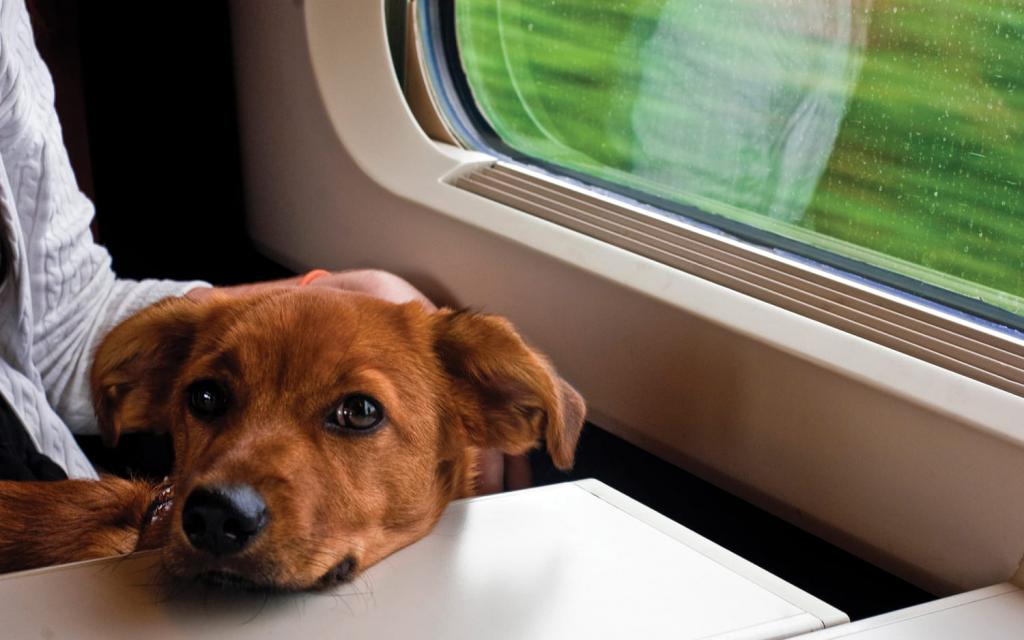
Dog Carriage Rules
Transportation of animals across Russia by train is subject to a veterinary passport and ticket for a pet. In the case when it comes to a large dog, the owner will not do with one ticket. He will have to redeem a fully coupe. Yes, yes, this is not a typo. This is a law on the transport of animals.
So, the owner of the dog completely redeems the coupe. You can carry in it no more than two pets. And people in the compartment should not be less than the number of dogs. And besides the fact that the coupe is being bought, you will have to take a ticket to your beloved dog.
In the compartment, according to the law, the animal must be on a leash and in a muzzle. In fact, few people comply with this requirement. If the owner agrees with the fact that the pet must ride on a leash, then the muzzle is removed immediately when the train starts moving and the compartment closes. For if you have to travel in two or three days, what kind of muzzle can we talk about?
The dog must have access to water. Feed her on the train twice. You will have to take care of your pet's walking. This is usually feasible at long stops.
We are talking about representatives of large breeds. If the traveler has a pug, chihuahua or any other "trifle", then the rules of transportation apply to her, as to small pets.
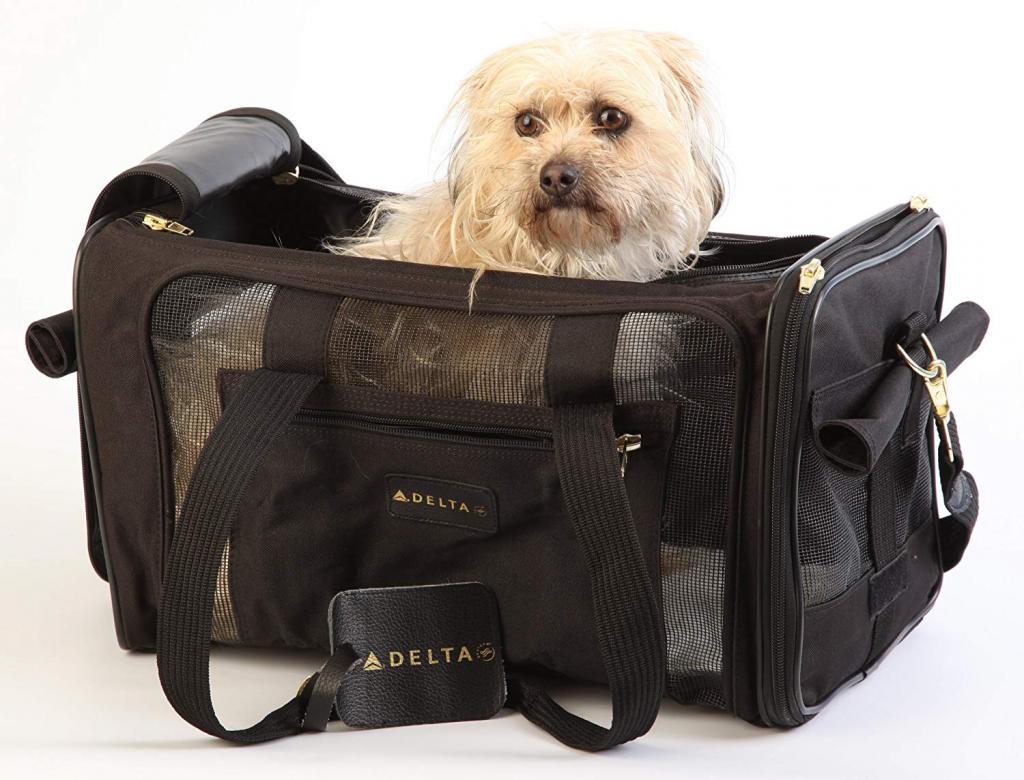
We are going by train
How are animals transported on a short-distance train? In other words, in the train.
A large dog rides on a leash and in a muzzle. It is better to choose a place closer to the entrance to the car. The fact is that there are nooks where you can attach a dog.
If the car is not crowded, and the guides practically do not enter it, remove the muzzle from the dog. The conductors are unlikely to comment on this. Especially if it is hot outside, in the car, respectively, is also stuffy. The dog needs to breathe normally.
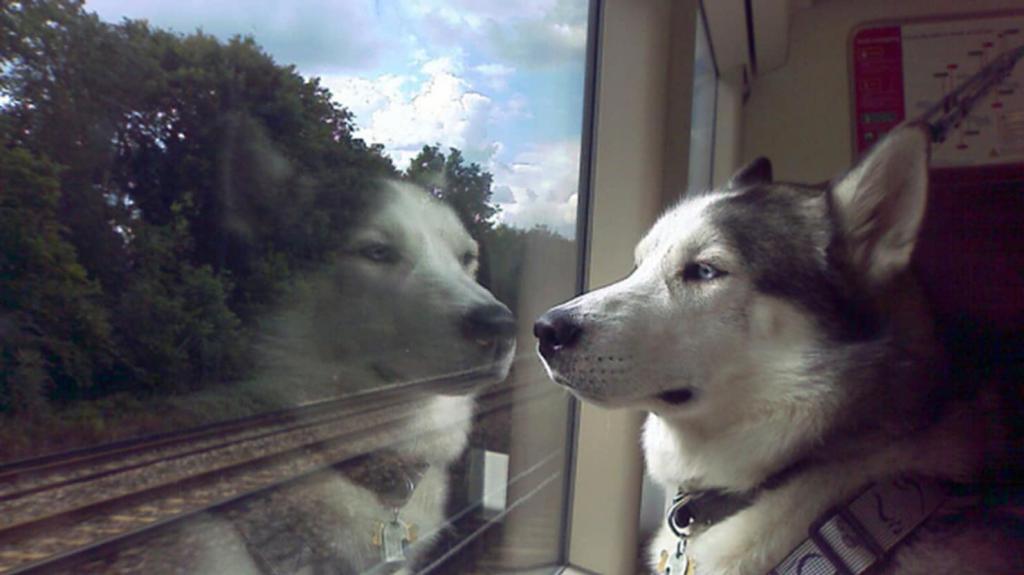
Pay for the dog
Transportation of animals on short-distance trains is carried out at a tariff. There is a fixed fare for animals within the same zone. And the more of these zones, the more expensive the fare. The ticket will indicate "livestock". By the way, it’s a shame that the fee is fixed and charged for the pet, despite its size. Agree, to pay a certain amount, at the same time, for the German Shepherd and for the Yorkshire Terrier is somehow unfair.
Wild animals
Do I need help to transport wild animals on the train? For reference, if someone does not know: the hand-held raccoon is considered a wild companion, no matter how strange it may sound.
Yes, a pet health certificate is required. In addition, this domestic savage will travel in the luggage compartment. These are the laws: wild animals are equated with luggage. And the train brigade is not responsible for his life and health.
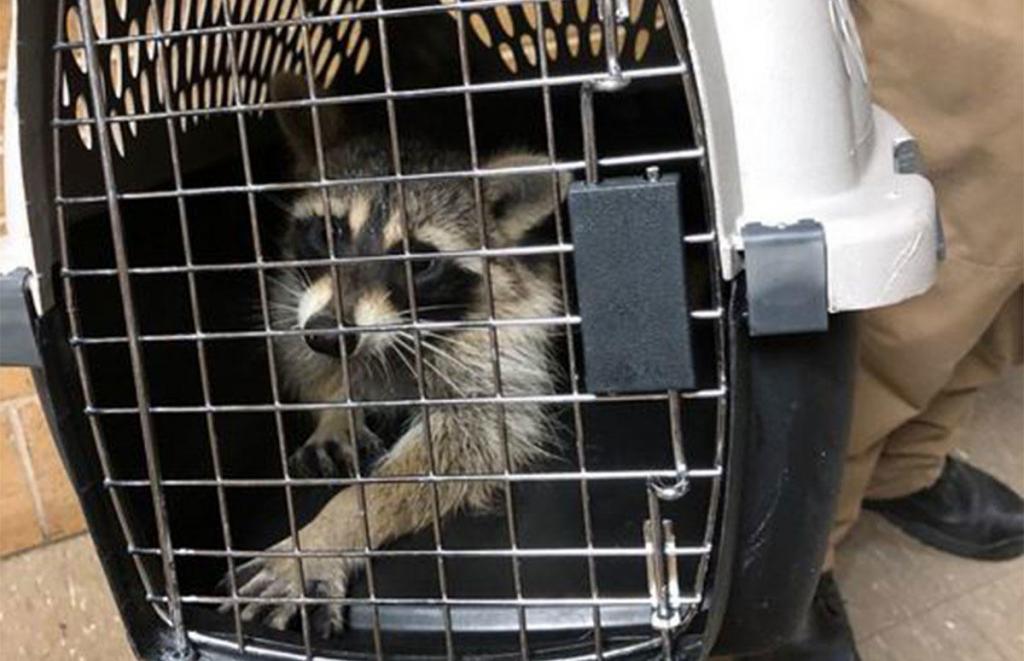
It is important
Situation: the rules for the transport of animals on the train are observed. The owner rides in a compartment with a large dog. Dog on a leash, in a muzzle. Car conductor enters. The dog begins to rush at him, trying to bark. The conductor immediately indicates to the owner the path to the exit.
Who is right in this situation? Oddly enough - a train worker. For if the animal, even being in a muzzle and on a leash, behaves aggressively towards other people, the train team has the right to drop the owner along with an inadequate pet. And nobody cares that the dog’s normal reaction is barking at an outsider. Aggressive dog, and period.
Guide dogs
We discussed the rules for transporting animals on a train. We found out what you need to have with you for this. Now we touch on a very rare, but taking place in our reality moment.Namely - the transportation of guide dogs.
According to the rules, such a dog has the right to ride in any carriage of a long-distance train. No tickets are issued for him, and money for the passage of the animal is not charged from his "ward."
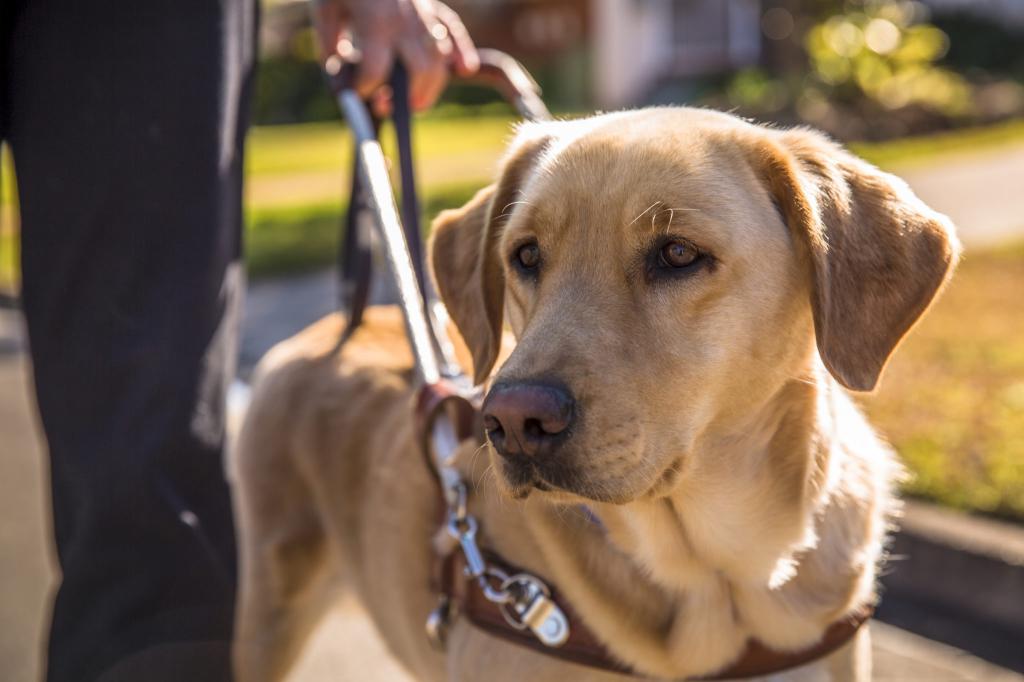
If there is no veterinary passport?
What to do to those owners who did not vaccinate their pets and a veterinary passport, therefore, the pet does not? The owner needs to urgently leave home with his pet. The journey will be on a long-distance train. There is no time to fight worms and get vaccinations.
In this case, you can try to negotiate with the carriage conductor. And even better - with the train driver. How you will agree and on what terms is up to you. And one more thing: this is possible only if the train follows within Russia and there is no need to cross the border. They have their own requirements for transporting animals on a train.
If no one wants to make concessions, you will have to leave the pet on overexposure. Or postpone the trip until vaccinations are made and a veterinary passport is received.
Aggressive Behavior: How to Eliminate
We talked in detail about the conditions for transporting animals on a train. And now we will give information that will be relevant for the owner of a large dog.
What to do if a good-natured dog began to show aggression towards the conductor, and on the platform - to passengers?
For nervous dogs with a weak mentality, this is normal. Even an emotionally stable animal can behave aggressively under stress. This is out of fear. The owner, seeing such a thing, must act as follows:
- Switch pet to yourself. Distract him with a game or treat. No matter what others say. The main thing is to get to the right place without incident.
- Iron the dog, let her understand that everything is fine, the owner is nearby.
- If the dog growls at the passenger or train conductor when boarding, pull the dog and give a sharp braking command. The animal must understand that the owner does not like its behavior.
- A similar situation occurred in the compartment when the conductor looked in? Draw the dog, lay it. Apologize to the guide and try to politely inform him that the dog is guarding its territory. Her behavior is not due to the fact that the dog is inadequate. The animal is not used to an outsider appearing without warning at the object entrusted to the guard of the dog. How to be? Knock next time so that the owner has time to lay the dog down, letting it know that it’s “their own”. And do not react to them very aggressively.
- If the pet is too excited and does not want to hear adequate commands, you will have to give him negative reinforcement in response to the wrong actions.
Conclusion
Now the reader knows what are the rules for transporting animals on a long-distance or short-distance train and what is necessary for its passage. What documents the owner should have with him and whether to buy a ticket for a pet - also considered.
All animals have certain rules, as we found out. An exception is guide dogs.
